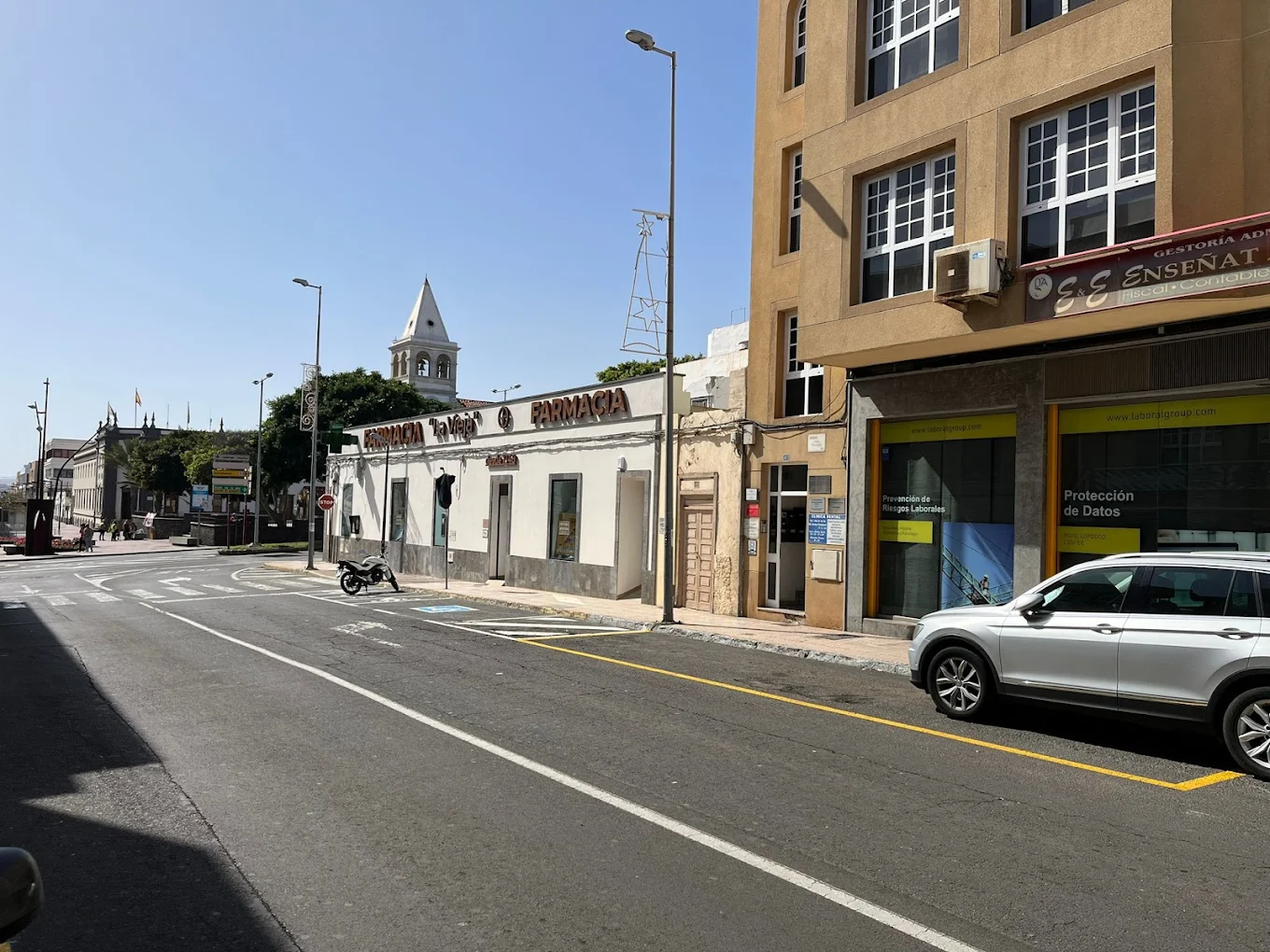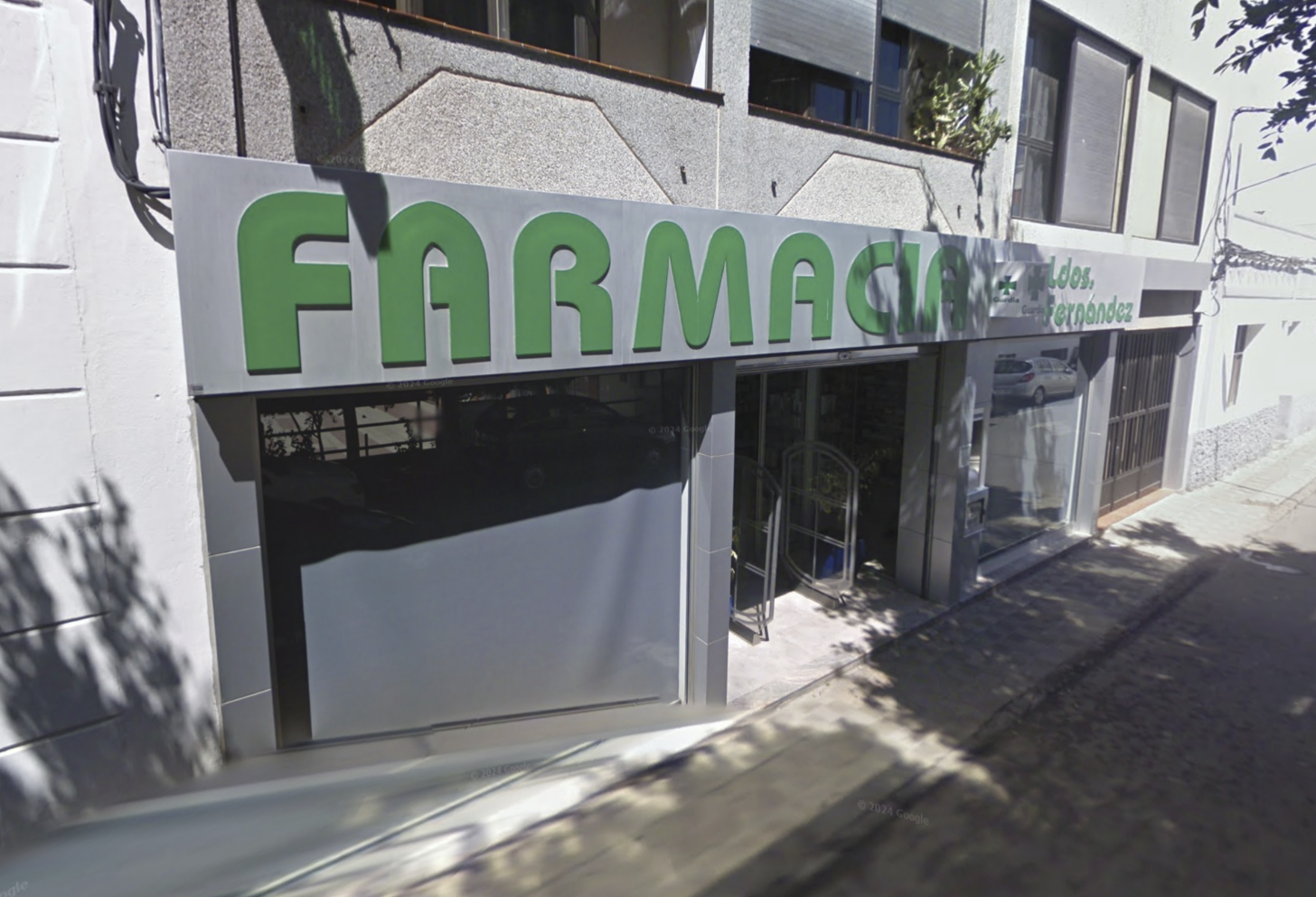The City Council of Puerto del Rosario continues with the integral rehabilitation of the municipal estate of La Rosa de Juana Sánchez, an emblematic enclave of the Majorero agricultural heritage located in the neighborhood of La Hondura.
The work carried out to date has made it possible to recover more than 800 linear meters of dry stone walls, restoring this unique space to its original structure, including the complete reconstruction of its turnstiles and traditional drainage systems.
Institutional collaboration for heritage enhancement
This ambitious project, promoted by the Department of Municipal Services, Local Development and Historical Heritage, had in its initial phase with the essential support of the Cabildo of Fuerteventura, which carried out the cleaning work with heavy machinery to remove the dense vegetation that covered the set of the gullies of the farm.
This intervention made it possible to rediscover the original beauty of the set of gullies, which remained hidden under the undergrowth.
It is worth mentioning the rehabilitation of a circular threshing floor paved with callaos using ancestral techniques, an ethnographic beauty that has remained intact over the centuries.
David de Vera, mayor of Puerto del Rosario, emphasizes that “with this intervention we are not only recovering stones, but preserving the agricultural memory of Puerto Cabras. The more than 800 meters of walls already restored are the best testimony of our commitment to the historical heritage”.
Erica González, Councilor for Local Development, stated that “each reconstructed element represents a bridge between our past and future, guaranteeing the survival of this unique heritage for generations to come”.
On the other hand, David de León, councilman of Municipal Services and Historical Heritage, emphasized that “the work will continue in the coming months with the aim of consolidating this space as a reference of the Majorero rural architecture, living testimony of traditional agricultural techniques, space for the dissemination of Majorero ethnographic heritage and all this thanks would not be possible without the great work of the municipal stonemasons”.













